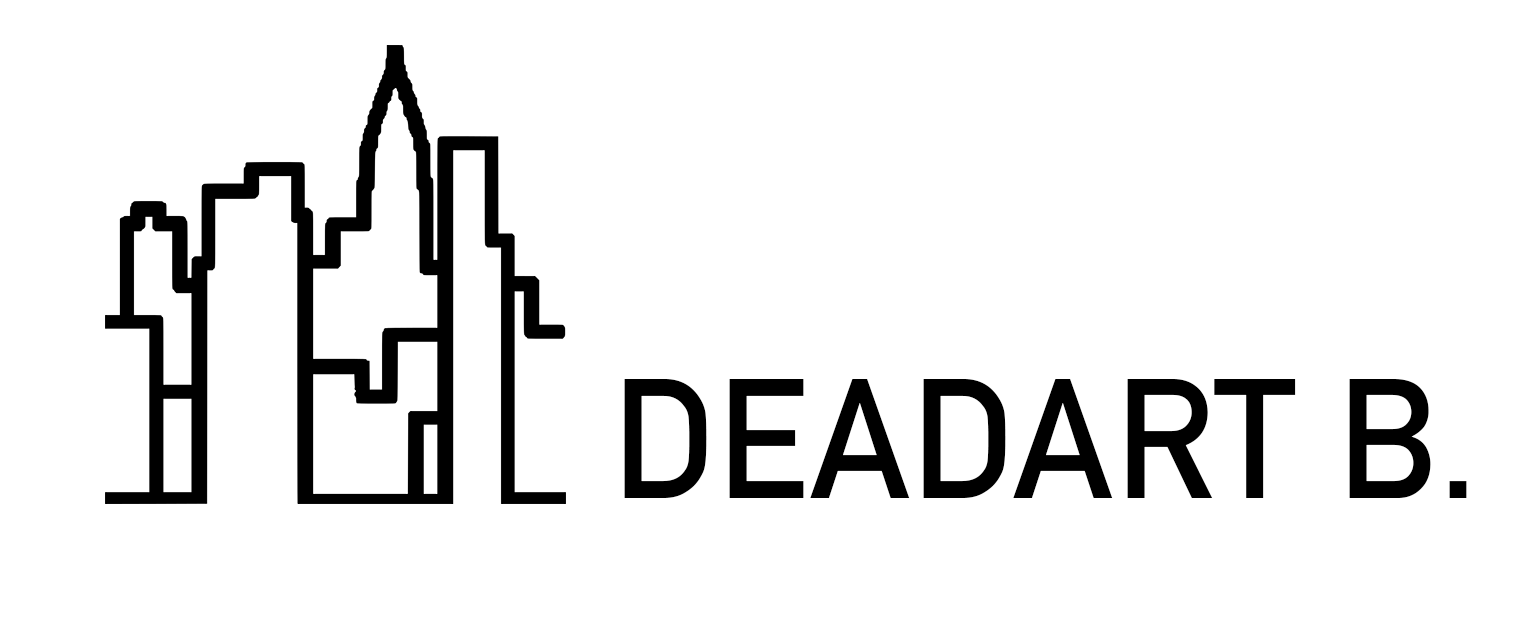After the chaos of World War Two artists were looking to make sense of the world. The status quo of Western society drastically shifted between the years 1950 and 1980, thus many artists tried to reflect this uprooting of traditional culture. “Delirious: Art at the Limits of Reason,” a featured exhibit at The Met Breuer captures this theme in the art world. In order to express the mayhem they saw in the world, artists used irrationality in their artwork “All of them sacrifice order, stability, legibility, and intelligibility in favor of humor absurdity,
obsession, or dis orientation.” The philosophy of the art demonstrated popular philosophical ideas of the time, such as absurdism, through use of repeating “meaningless” patterns.“Delirium” is defined and redefined with each piece of art– the curators bring each uniquepiece together with a common experience.
The art in the exhibit is organized according to certain elements used by the artist. The art of the first room of the exhibit all share elements of minimalism and cubism. “Square Reticulárea” by Gego encapsulate the ideas of irrationality and form. In his sculpture, Gego uses silver wire bent angularly to create repeating polygons. Here the curators bring up the concept of the grid (a concept that will be repeated throughout the exhibit). The curators claim that the grid is a representation of order and rationality, and therefore when artists warp the grid it is
interpreted as disorder. The curators do an excellent job at proving this point throughout this exhibit as the grid appears over and over again in many different forms. The grid is found once again in Regina Bogat’s artwork “Cord Painting 15” which displays muted colored cords pierced into a canvas in four pentagon shapes. In the front, the cords are at varying length with no discernable pattern, however in the back of the canvas a clear pattern by color is seen. The curators describe the idea behind the piece: “The system quickly unravels, however, once the strings fall to the floor, where they tangle and snarl, compromising the work’s geometry.” This destruction of order that is fund in the back of the work is representative of the destruction of order found in the world at the time. This running theme throughout the exhibit is thought provoking and gives attendees an idea to focus on as they
look through the artwork.
Disorientation is major element of “Delirious.” The artwork throughout the exhibit clashes with traditional ideas and boundaries of art. Many times, the art is not meant to be pleasing to look at, often times viewers will find works that are grotesque. This is such with Yayoi Kusama’s “Ladder” which depicts a plaster ladder covered in phalluses with two pairs of women’s shoes on the steps of the ladder. The piece is both sexually charged and difficult to look at. It uses irregular geometry and absurdity to achieve its purpose. The curators placed this sculpture among pieces such as “Cord Painting 15” in order to place its absurdity in context. The curators found a common theme between the obstructed geometry of “Ladder” and the artworks that depict obstructed grids.

Yayoi Kusama’s “Ladder”
“Delirious: Arts at the Limit of Reason” could have been a disaster if the curators had not carefully thought about themes throughout the exhibit. The exhibit contains artwork from a certain time frame, however the works are not connected through this time frame. Rather they are connected through a generational experience and creative movement based upon historical events of the time. The exhibit is extremely thought provoking. Contemporary artwork often suffers because it is misunderstood, “Delirious” however, places this artwork in context so viewers can enjoy it from an intellectual level.


Leave a Reply